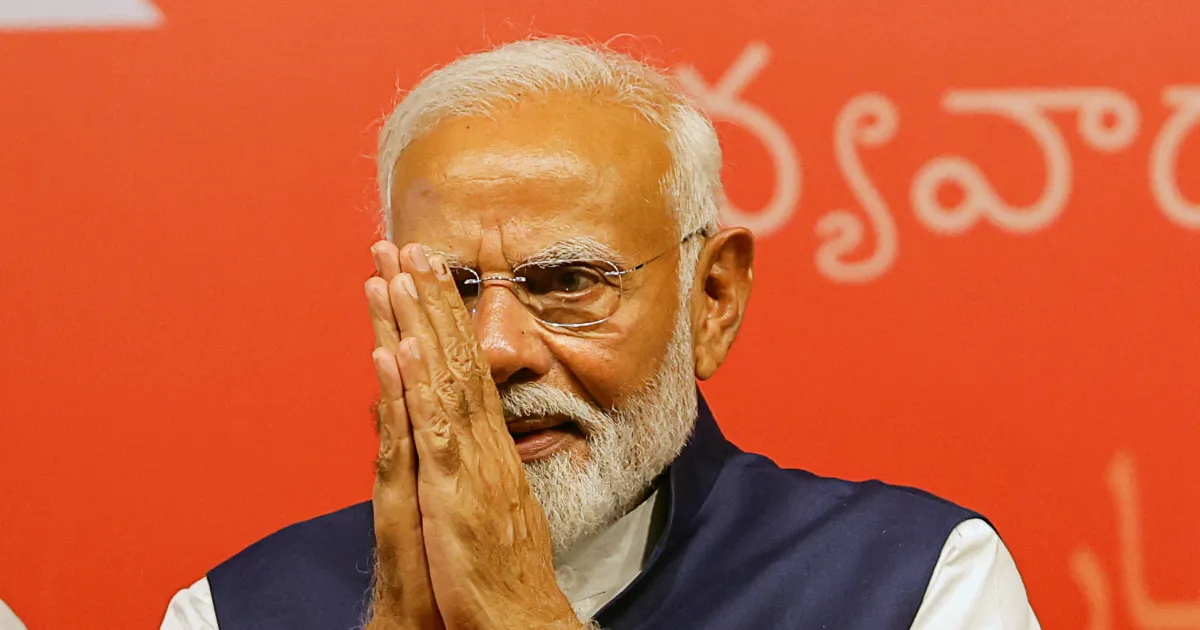India has a rich history of coalition governments, with some of the largest alliances comprised of six to a dozen parties in the world’s most populous democracy. From 1989 to 2004, no single-party majority emerged from six general elections, leading to the formation of several coalitions, albeit some short-lived due to their inherent complexities.
Despite the challenges, it’s noteworthy that some of India’s most significant economic reforms and highest growth rates occurred under coalition governments, spearheaded by both the Congress and the Bharatiya Janata Party (BJP).
However, the current scenario marks the first coalition government since 2014, with no single-party majority. Narendra Modi, poised for a third term as prime minister, finds his majority diminished by a resurgent opposition. Presently, he relies primarily on two allies within his National Democratic Alliance (NDA) to secure a parliamentary majority.
The question arises: Can Modi, who has historically governed with a majority both as chief minister of Gujarat state and as India’s prime minister, effectively lead a coalition? Can he pivot from his assertive style to accommodate diverse regional allies? Furthermore, will he temper the burgeoning personality cult perpetuated by his party and sympathetic media to embrace a more inclusive and humble persona?

